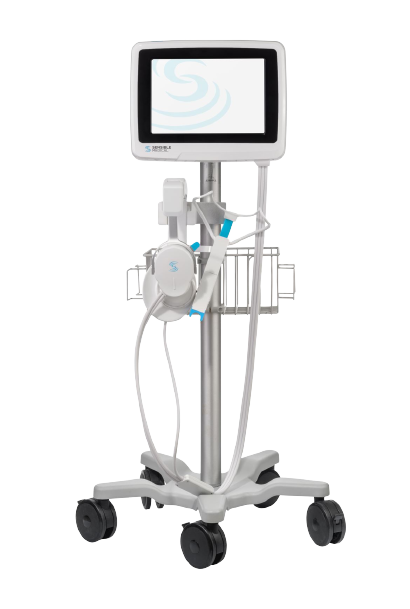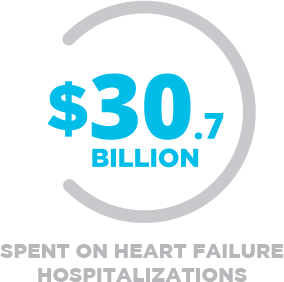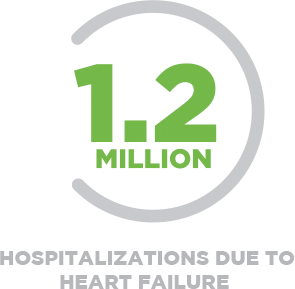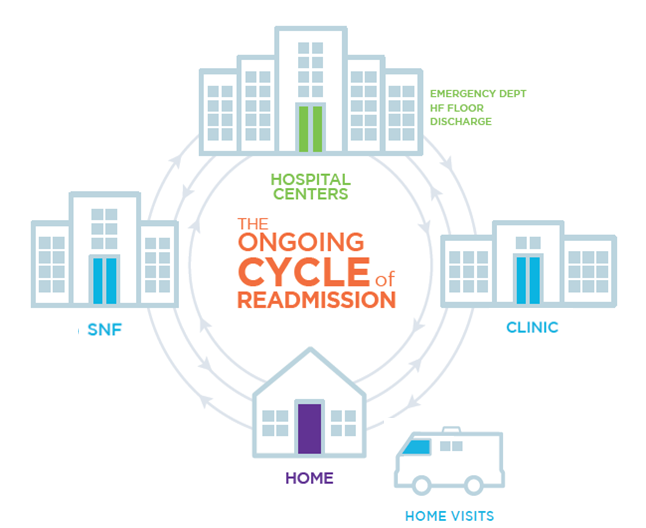
ReDS™ PRO
Equipping professionals with the missing tool in the
armamentarium – one that measures lung fluid and enables
them to deliver accurate, absolute and actionable results.
Frequent monitoring allows for more confidence in
diagnosis and treatment decision-making.

ReDS™ PRO
Equipping professionals with the missing tool in the armamentarium – one that measures lung fluid – enables them to deliver accurate, absolute and actionable results. Frequent monitoring allows for more confidence in diagnosis and treatment decision-making.
The Need
Did you know that some $30.7 billion is spent every year on the constant discharges and readmissions of Heart Failure patients? Heart Failure can be a vicious cycle of stress, admissions, and discharges.


Our solution
The ReDS lung fluid monitoring system is a decision support tool that assists practitioners in better monitoring Heart Failure patients and suggesting treatment programs that are right for them, such as dietary and medication recommendations. ReDS provides accurate, absolute, and actionable readings that allow the monitoring and treatment of patients, keeping them out of the hospital.
For the outpatient clinic ReDS provides an unambiguous value for fluid volume the physician can tie to treatment. Follow-up after an acute event or regular checkup for CHF patients in the outpatient clinic can be an effective way for a physician to help ensure the patient remains stable and out of the hospital.
In the emergency department (ED), every second counts. ED providers must provide accurate, actionable assessments quickly and confidently, to keep patients safe and to improve the speed and efficiency of patient flow. By providing an accurate, fast and absolute measurement, ReDS helps improve triage and decision support in the ED, and can help avoid unnecessary hospitalizations.
The ReDS system allows providers, e.g., cardiologists, hospitalists and mid-levels, to quickly and accurately measure the degree of a patient’s congestion in just 90 seconds, optimizing care while keeping patient hospital stays as short as possible.
“It can create a win-win for the patient and the hospital,” says William T. Abraham, MD, FACP, FACC, Director of the Division of Cardiovascular Medicine at Ohio State University. “Patients get targeted care and providers have an objective measure of when lung congestion has been removed.”
With the ReDS lung fluid measurement system, SNF staff can directly measure lung fluid in patients with chronic Heart Failure in just 90 seconds as part of their routine vitals assessment and make sure that patients are staying dry and avoiding recurrent volume overload. The ReDS system can also be used on residents complaining of shortness of breath to help assess what role Heart Failure may be playing in their symptoms, and help refine diagnosis and treatment without a visit to the ER.

HEART FAILURE KEY OPINION LEADERS
“What we’ve needed for a long time is a more accurate and
actionable measurement of heart failure clinical status.
We get that with ReDS™.”
William Abraham, MD
“We were looking for a technology that would be noninvasive,
yet offer accuracy. This search led us to ReDS™.”
Daniel Bensimhon, MD.
Medical Director Advanced Heart Failure & Mechanical Circulatory
Support Program – Cone Health
“Not only do our traditional disease management programs not keep any patients out of the hospital, but they don’t even improve patients’ quality of life.”
Daniel Burkhoff, MD
Adjunct Associate Professor of Medicine- Columbia University

ReDS™ for HOME
The ReDS™ system offers the best technology to help your doctor manage your heart failure, and may prevent unnecessary hospitalizations. Daily monitoring puts your mind at ease, keeping you safe at home.

ReDS™ PRO
Equipping professionals with the missing tool in the armamentarium – one that measures lung fluid – enables them to deliver accurate, absolute and actionable results. Frequent monitoring allows for more confidence in diagnosis and treatment decision-making.
